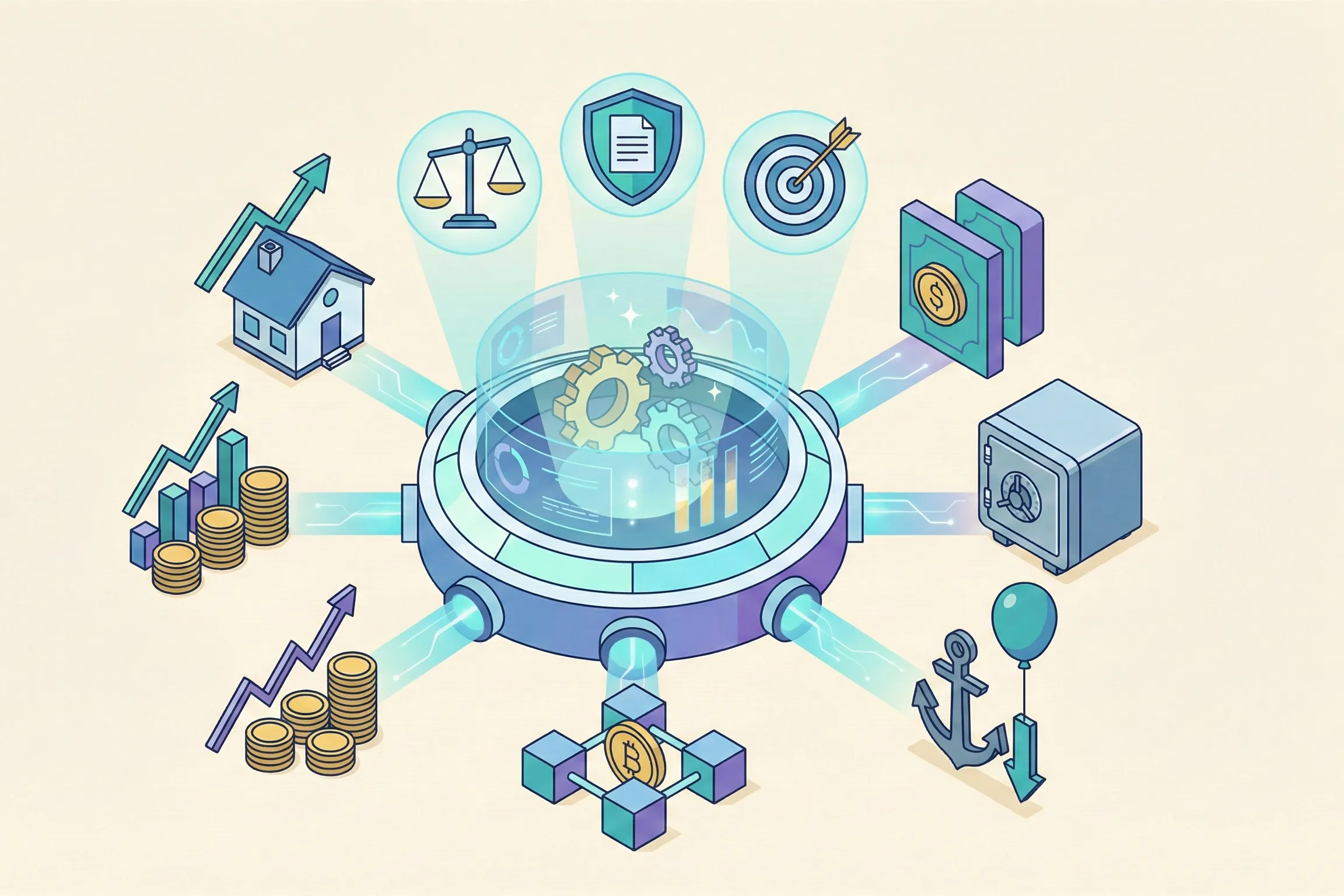Opportunity Cost: Definition, Formula, and Examples

Every choice comes with a trade-off. Whether deciding where to invest your money, how to spend your time—on a hobby or working on a new project—or which opportunity to pursue, each decision has a hidden price tag. What are you giving up when you choose one path over another?
This concept, known as opportunity cost, is a cornerstone of smart decision-making. By understanding and calculating opportunity costs, you can make better financial, career, and personal choices. Let’s explore how opportunity cost works and how you can apply it to your life.
Key Takeaways
- What It Is: Opportunity cost is the value of what you give up when choosing one option over another—whether it’s money, time, or intangible benefits.
- Why It Matters: Helps individuals and businesses evaluate trade-offs, optimize resource allocation, and make decisions aligned with their goals.
- Formula: Opportunity Cost = Return on Best Foregone Option − Return on Chosen Option.
- Challenges: Opportunity cost can involve uncertain outcomes or hard-to-measure intangible benefits.
- Practical Use: Identifying alternatives, quantifying potential benefits, and comparing trade-offs ensures better, more informed decisions.
What Is Opportunity Cost?
Opportunity cost represents the benefits you forgo when choosing one alternative over another. It’s not just about money—it’s about the potential value or benefit of the option you didn’t take.
Why Does Opportunity Cost Matter?
By recognizing opportunity costs, individuals and businesses can:
- Evaluate trade-offs clearly.
- Allocate resources more effectively.
- Make decisions that align with their goals.
The Opportunity Cost Formula
Calculating opportunity cost is straightforward:
Opportunity Cost = Return on Best Foregone Option − Return on Chosen Option
Key Points:
- Opportunity cost quantifies the trade-off between two options.
- It can be expressed in terms of money, time, or other resources.
Simplified Example
You have $1,000 to invest:
- Option A: A stock with an expected return of 8%.
- Option B: A stock with an expected return of 5%.
If you choose Option B, the opportunity cost is: 8% − 5% = 3%
In this case, you forgo an additional 3% return by not choosing Option A.
Types of Opportunity Costs
Every decision involves different kinds of trade-offs, which can be grouped into two main categories:
- Explicit Costs: Direct, measurable costs in financial terms.
Hypothetical Example: Spending $500 on a conference ticket means giving up the chance to invest that money elsewhere.
- Implicit Costs: Indirect, non-monetary costs, such as time or effort.
Hypothetical Example: Attending the conference means losing a day of work that could have been spent on a high-priority project.
Expanded Real-World Examples
- For Students: Choosing to work part-time during college instead of taking an unpaid internship might mean missing out on valuable networking and career-building experiences.
- For Retirees: Using savings to travel may come at the cost of lower investment growth, reducing long-term retirement funds.
- For Entrepreneurs: Allocating $10,000 to expand inventory instead of marketing could limit your reach to potential new customers.
Challenges in Measuring Opportunity Costs
Opportunity costs are not always easy to calculate:
- Intangible Benefits: What’s the opportunity cost of time spent with family versus working extra hours?
- Uncertain Outcomes: Predicting future returns or benefits can be speculative.
Acknowledging these challenges ensures you make balanced and realistic decisions.
How to Apply Opportunity Cost in Decision-Making
- Identify Alternatives: List all possible options and their associated benefits or returns.
- Quantify Benefits: Assign measurable values to potential outcomes, whether monetary or otherwise.
- Compare Trade-Offs: Use the opportunity cost formula to weigh the potential gains and losses of each option.
How optimized is your portfolio?
PortfolioPilot is used by over 40,000 individuals in the US & Canada to analyze their portfolios of over $30 billion1. Discover your portfolio score now:






